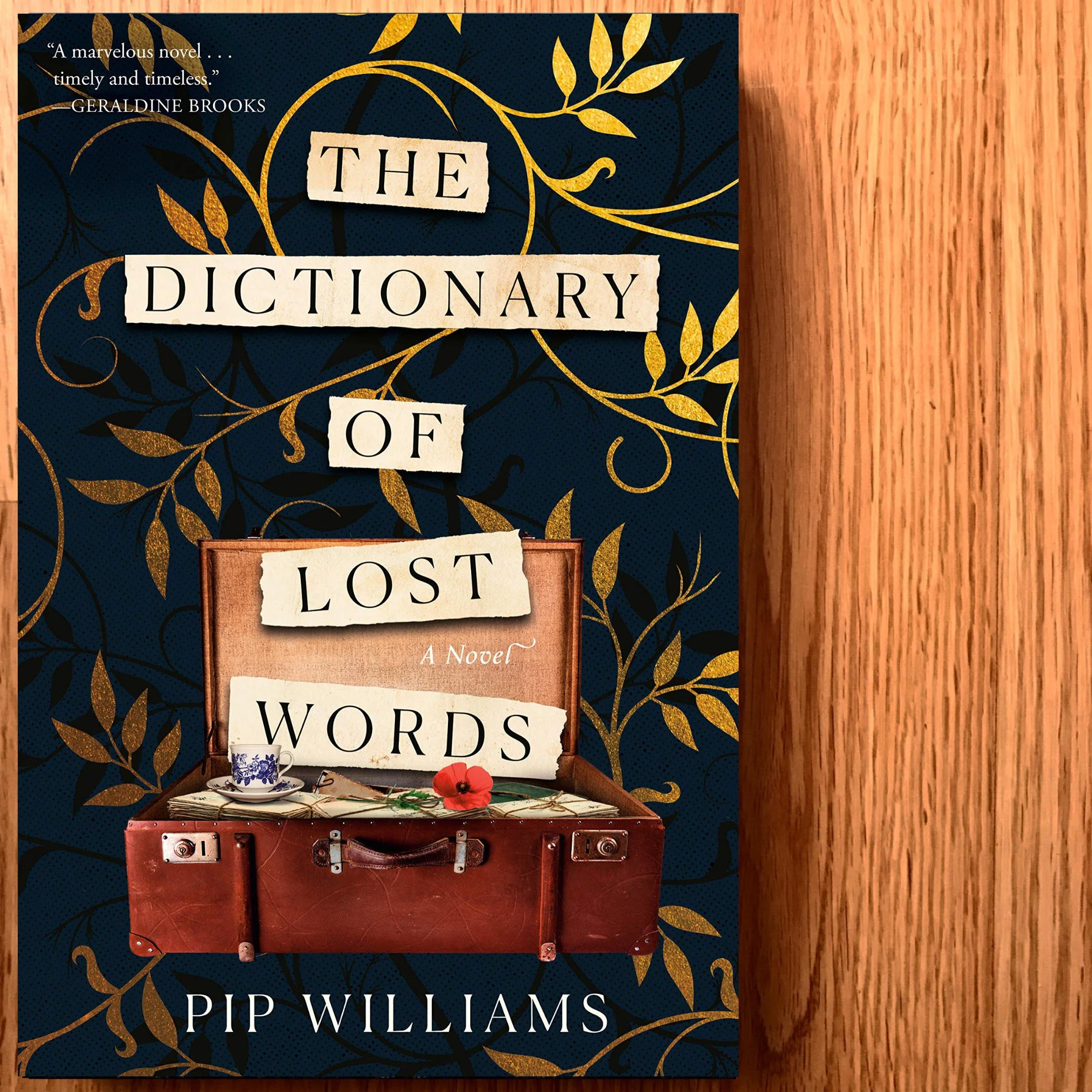By Kaylie Seed
Content warning: mental illness, child abuse, incest
Rebecca Babcock’s debut novel One Who Has Been Here Before explores family dynamics and mental illness while weaving in a story based on the notorious Goler clan of Nova Scotia. Emma Weaver travels from her quiet life in Edmonton, Alberta to the South Shore of Nova Scotia so that she can complete research for her Master's thesis, which is centred around the Gaugin family, who have become folklore in the Halifax area. While there are aspects of historical fiction, One Who Has Been Here Before reads a lot more like literary fiction, so many different readers will appreciate this novel.
Babcock’s main character Emma suffers from an anxiety disorder, however it didn’t feel fleshed out enough. The reader will find out the cause of her anxiety but something about it feels forced instead of real. Everyone deals with and experiences mental illness differently, but there was something about Emma that didn’t feel genuine and it’s difficult to pinpoint what that is. As a reader, I didn’t find her to be very likeable and had a hard time relating to her even though we share some similarities. There is a lot that happens in a short period, with the occasional flashback, but it just didn’t seem realistic that Emma could accomplish all that she did in such a short amount of time.
One Who Has Been Here Before dragged on in some parts and the reader may find themselves wanting to get to the point while not fully enjoying the story. Babcock’s prose was nice to read and even though there was some redundancy the reader will enjoy going on this adventure with Emma. While One Who Has Been Here Before didn’t capture my interest, those who appreciate Atlantic Canadian history will enjoy this read. It will be interesting to see what Babcock writes next!
Thank you, Nimbus Publishing, for the complimentary copy in exchange for an honest review!





















